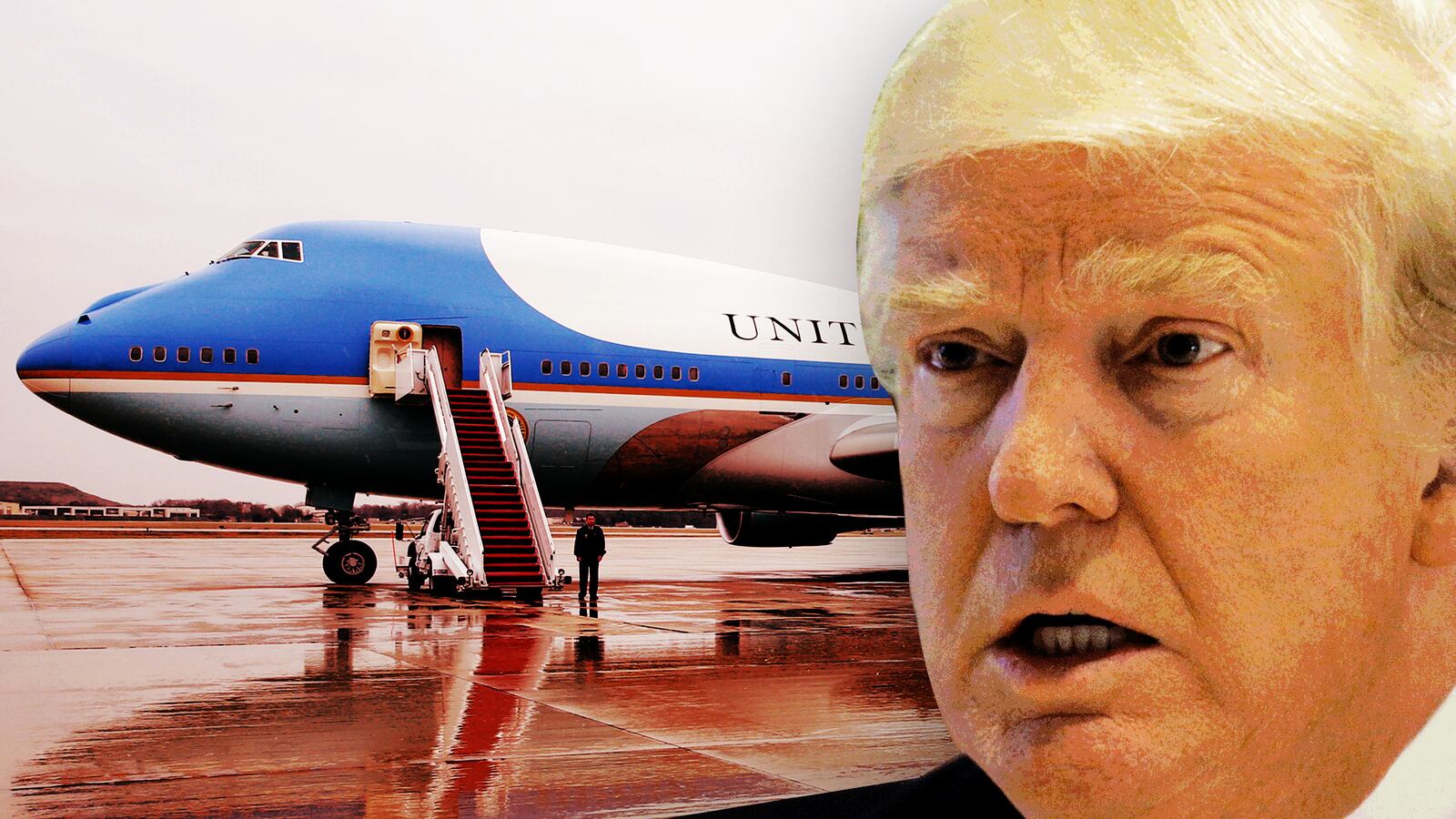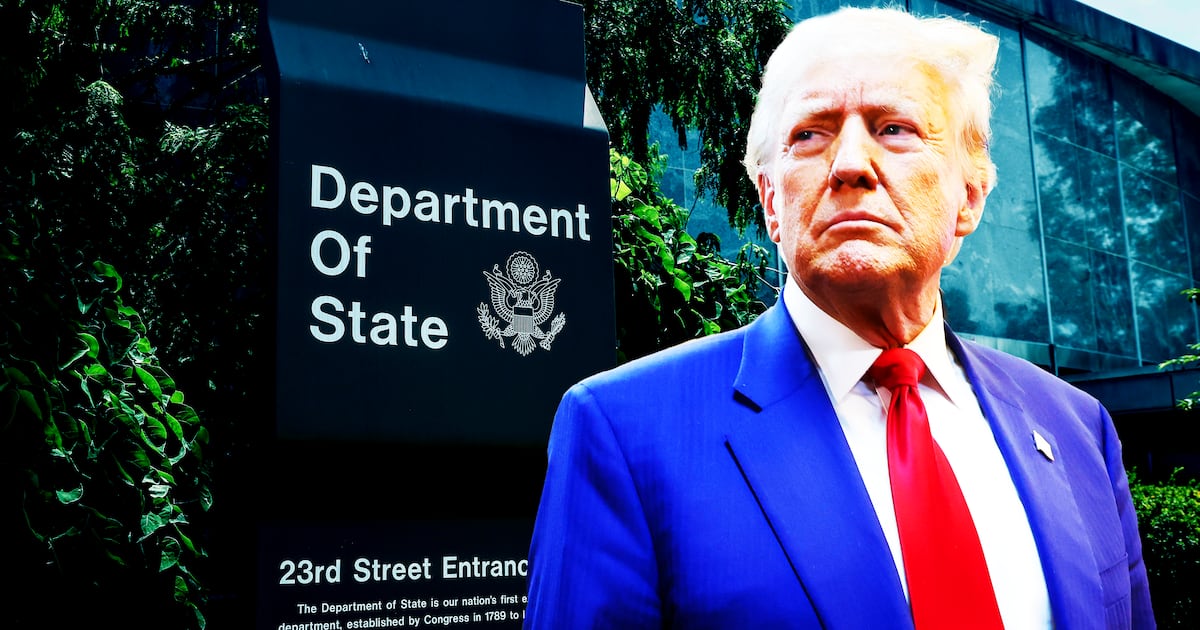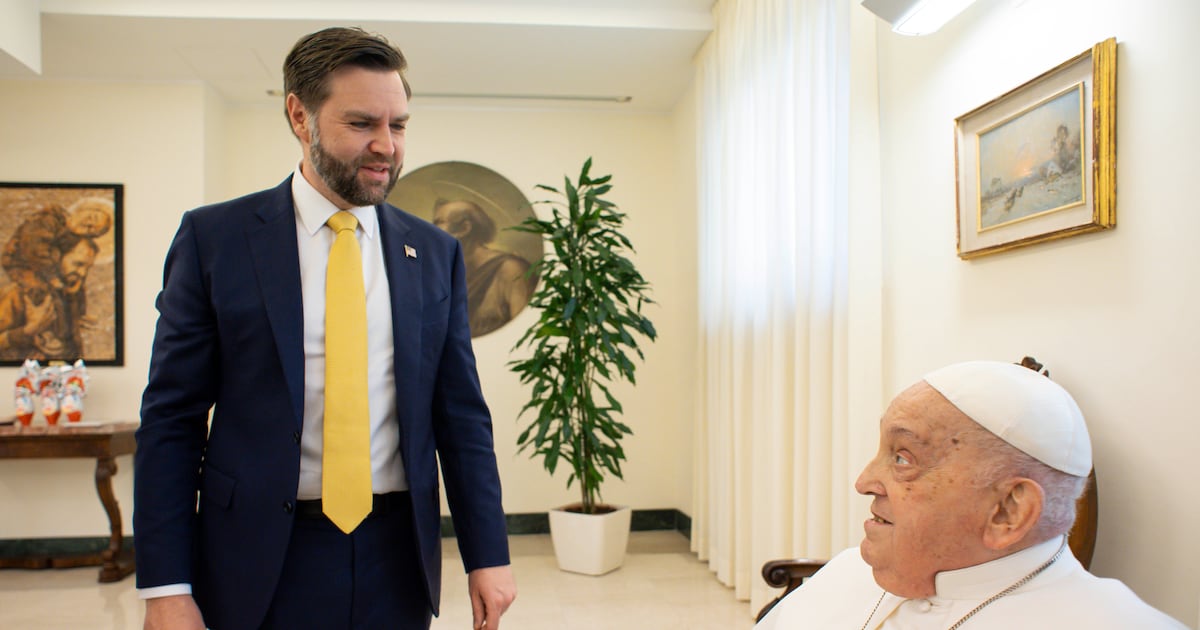Air Force One, the heavily modified, white-and-blue-painted Boeing 747 that transports the president of the United States, is an enduring symbol of American power and prestige.
It’s also the target of President-elect Donald Trump’s latest Twitter rant.
“Boeing is building a brand new 747 Air Force One for future presidents, but costs are out of control, more than $4 billion. Cancel order!” Trump tweeted on the morning of Dec. 6.
Trump is wrong. Yes, Air Force One is expensive. But costs are most definitely not rising—at least no more than they do for any new military aircraft. In propagating misinformation about the president’s official “plane of state,” Trump is—once again—undermining an important American institution that exists not just to gratify him.
Air Force One is for all U.S. presidents, and has been since the Kennedy administration acquired the first Boeing 707s for official transportation starting in 1962. “This isn’t Trump’s plane to do with as he pleases,” Brian Laslie, author of The Air Force Way of War, told The Daily Beast. “This is for the office of the president of the United States.”
Yes, the new presidential transports could end up costing $4 billion to buy and modify for their unique and demanding mission safely flying the president, a large support staff, and accompanying reporters all over the world. Then again, they might cost much less. We simply don’t know yet.
But one thing is for sure. Keeping the existing Air Force One in service won’t necessarily save money over the long term. And continuing to use old and difficult-to-maintain airplanes could jeopardize the president’s safety.
The current Air Force Ones have served Presidents George H.W. Bush, Bill Clinton, George W. Bush, and Barack Obama—and are in line to be Trump’s official aerial transportation following his January 2017 inauguration.
The new Air Force One, scheduled to enter service in the early 2020s, could remain in service 30 years or longer, and could haul eight or more presidential administrations, potentially including Trump—assuming the temperamental businessman seeks, and wins, a second term.
The U.S. Air Force—which operates two modified 747-200s for the presidential transport mission under the designation VC-25, and which is overseeing the years-long effort to eventually replace the aging transports with two newer 747-8s—has barely begun spending money on the new Air Force One.
The Air Force realized in the early 2000s that the existing Air Force One was becoming increasingly expensive to maintain. Airlines and freight companies were retiring their old 747-200s—the same models as the current Air Force Ones—and, in many cases, replacing them with new 747-8s. As the number of old 747s shrank, so too did the manufacturing base supplying parts to the ever-diminishing fleet.
That caused maintenance costs to spike. By 2013, the presidential 747s were costing taxpayers a staggering $162,000 per flight hour—just $7,000 less than what a B-2 stealth bomber costs for every 60 minutes in the air. In 2014, the cost-per-flying-hour for the VC-25 rose to $210,000.
The old VC-25s were so old—and replacement parts so hard to find—that it was taking the Air Force an entire year to conduct deep maintenance on each plane, a procedure that most large jets undergo every few years. With one plane often in maintenance, just one other was available to transport the president. If that jet broke down, the White House might have to cancel travel plans.
Perhaps worst of all, the old 747-200s, with their aged engines and cockpit controls, were in danger of violating Federal Aviation Administration airworthiness standards. It’s not inconceivable that, in the near future, the FAA could ground this model of aircraft—and ground the president.
The problems were only going to get worse. “Parts obsolescence, diminishing manufacturing sources, and increased down times for maintenance are existing challenges that will increase until a new aircraft is fielded,” Air Force Secretary Deborah Lee James explained in January 2015. “It is time to upgrade.”
The Air Force began searching for a new Air Force One in 2009. Just two airplanes, Boeing’s 747 and the A380 from European firm Airbus, were big enough to accommodate all the extra equipment, including some of the world’s most sophisticated in-flight communications gear, all of which must be hardened to survive nuclear blasts. The presidential transports also reportedly boast military-style defensive equipment and are equipped to refuel in mid-air.
Airbus ultimately declined to offer the A380, citing the high cost of setting up a production line in the United States to build just two planes. For security reasons, the Pentagon rarely even tries to acquire heavy equipment from overseas. In any event, Congress almost never agrees to pay for foreign-made military gear—for strictly political reasons.
Airbus’s refusal left Boeing as the only possible builder for the new presidential transport. So it came as no surprise to close observers of the military when, in January 2015, Air Force Secretary James announced that the 747-8 would be the next Air Force One. The Air Force awarded Boeing an initial $170 million contract to begin work on the new planes’ systems.
That’s all that the government has spent on the new Air Force One, so far. The Air Force has budgeted, but not spent, roughly $500 million a year between 2017 and 2020 to develop systems for the new presidential transport, acquire two 747-8s from Boeing for around $380 million apiece, and outfit them to military and FAA standards. There could be additional costs after 2020 (PDF).
That’s around $2.2 billion in expenses over five years and potentially hundreds of millions of dollars more later, still a far cry from the $4 billion cost Trump alleged in his tweet.
Yes, that’s a lot of money. But for a new and highly complex military aircraft, it’s fairly standard. An F-35 stealth fighter costs no less than $100 million per unit, and the military is buying 2,500 of them. A B-21 stealth bomber costs $550 million, and the Pentagon wants at least 100 of them. Two presidential transports for a few billion bucks amounts to a rounding error in overall military spending.
Besides, what’s the alternative? The president must travel. Perhaps Trump would prefer to continue using his own, personal 757—another Boeing product. But hardening “Trump Force One” with secure, nuclear-proof communications and other facilities that a head-of-state requires, not to mention buying a second backup plane, could also cost billions of dollars. After all, the bare-bones jet that serves as the basis of Air Force One accounts for just a fraction of the presidential transport’s overall cost.
The Air Force already ruled that a 757 isn’t big enough to handle the extra hardware. In any event, it’s unlikely Trump will get his way—on this issue, at least. “There comes a point where the necessity of transporting and securing the president as well as keeping him in contact with the government—forgive me—trumps the whims of a single man,” Laslie said.
Boeing’s stock dropped 1 percent following Trump’s anti-Air Force One tweet but gradually recovered over the course of Dec. 6. Trump, once a Boeing investor, reportedly dumped his stock in the company in June 2016.






